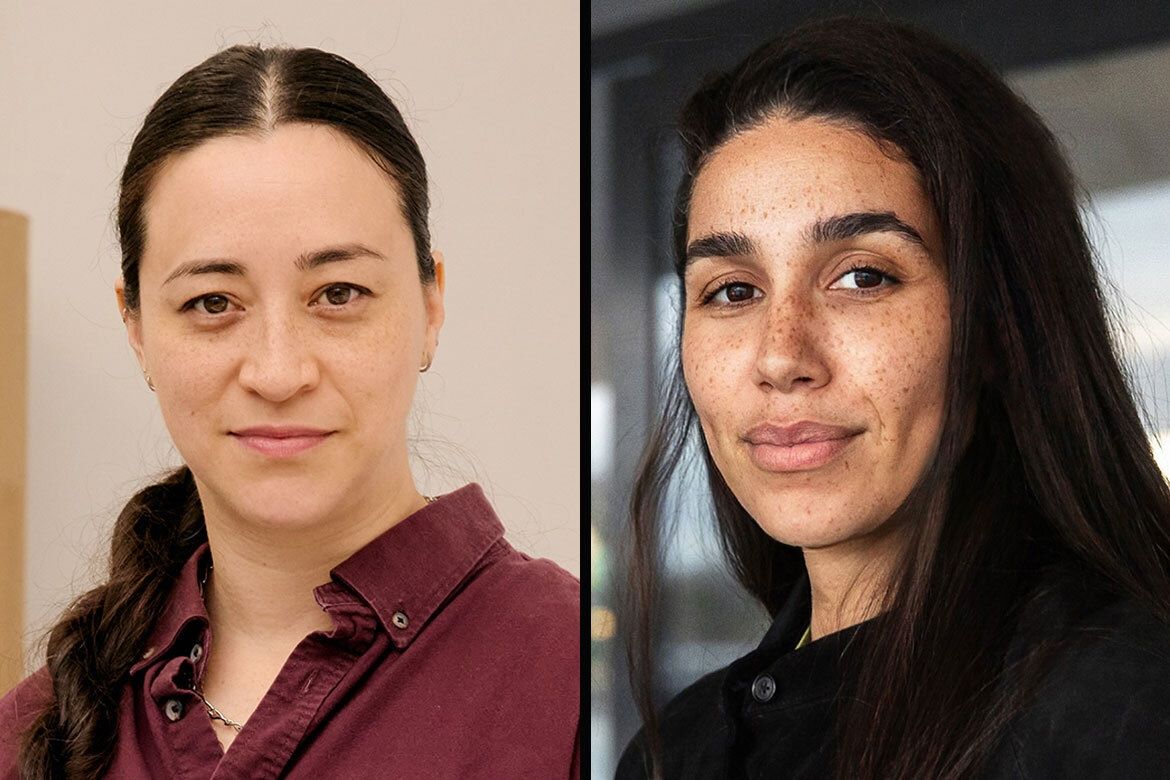Black students have far less trust in their colleges than other students do
Tips
Lack of trust in college leaders was particularly high. tommaso79/iStock via Getty Images PlusKevin Fosnacht, Indiana University and Shannon M. Calderone, Washington State University
The Research Brief is a short take about interesting academic work.
The big ideaBlack undergraduates consistently said they trusted the people who run the colleges they attend – and society overall – substantially less than their white peers did. We have termed this difference the racial trust gap, and it was not a trivial difference.
The trust gaps we observed were of a size rarely seen in education research. We also observed sizable trust gaps for Asian and Latino students, relative to white students. However, the magnitude of the differences were up to three times larger for Black students.
Our study results tell us a lot not only about how college students trust, but also which individuals on campus they trust the least (“Not at all” or “Very little”). Campus leadership – that is, presidents, provosts, deans – are the least trusted personnel on college campuses by Black students. Black students trusted faculty and academic advisers the most.
We came to these conclusions based on our analyses of data collected from 8,351 college students enrolled at 29 U.S. colleges and universities across the country this spring.
The timing of our survey allowed us to examine the early impacts of the COVID-19 pandemic on college trust. Our findings suggest that college trust further eroded for Black students because of the pandemic’s impact on colleges and universities. This notable decline in Black student trust suggests that COVID-19 may have worsened the racial trust gap.
Why it mattersTaken together, our results paint a relatively bleak portrait of trust on the nation’s college campuses, and particularly so among Black college students. While we cannot definitively say why the racial trust gap exists, we can surmise that the lasting effects of historical racism and current issues around race may play a contributing role in the trust dispositions of Black college students.
For this reason, Black students’ lack of trust may have formed prior to entering college. However, this doesn’t mean colleges bear no responsibility. First, many colleges have a legacy of discrimination against Black students. These historical injustices include a history of exclusionary practices, support for slavery and courses that excluded Black voices.
Second, between freshman and senior years, we found declines in college trust. This suggests colleges are potential contributors to the trust problem. As colleges claim to value diversity and inclusion, these institutions have a social obligation to gain the trust of all the communities they serve.
What still isn’t knownWe’ve yet to fully understand how trust might affect whether or not students finish school. Prior research indicates that the decision to stay in school is driven in part by a student’s sense of well-being, connectedness and positive experiences with diversity. That said, researchers have yet to establish a clear link between trust and finishing college.
What’s nextUsing our existing trust data, we hope to address three critical questions: First, how does trust influence important college outcomes like degree completion and learning? Second, what strategies can colleges and universities use to improve trust among their constituents, particularly college students? Third, is there a productive role that higher education institutions can play in encouraging long-term societal trust among students?
Our hope is to use the data to clarify the relationship between trust and these critically important college student outcomes.
[Get the best of The Conversation, every weekend. Sign up for our weekly newsletter.]
Kevin Fosnacht, Associate Research Scientist, Indiana University and Shannon M. Calderone, Assistant Professor of Educational Leadership, Washington State University
This article is republished from The Conversation under a Creative Commons license. Read the original article.
The views and opinions expressed in the article are solely those of their authors, and do not necessarily reflect the opinions and beliefs of UDiversity.com.





Comments (5)
Best Company Reply
- Ali Tufan
- 2 days ago
Lorem ipsum dolor sit amet, consectetur adipiscing elit. Fusce vel augue eget quam fermentum sodales. Aliquam vel congue sapien, quis mollis quam.Because Other Candidates
- Martha Griffin
- 23 August 2018
Lorem ipsum dolor sit amet, consectetur adipiscing elit. Fusce vel augue eget quam fermentum sodales. Aliquam vel congue sapien, quis.Aldus PageMaker including versions Reply
Lorem ipsum dolor sit amet, consectetur adipiscing elit. Fusce vel augue eget quam fermentum sodales. Aliquam vel congue sapien, quis mollis quam.